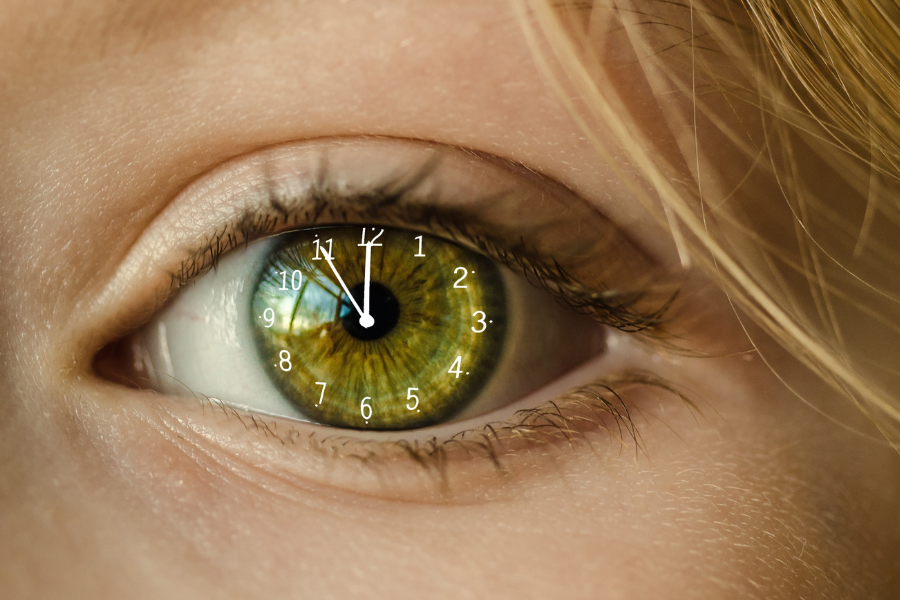We’ve all heard the saying, “Time heals all wounds,” and we want to believe it. Move on. Let the past be the past. But if that were true, why do so many people feel stuck, weighed down by emotional pain or reactivity long after a difficult event?
Our brains are equipped with millions of memory networks and a natural information-processing system designed to heal. Francine Shapiro, the founder of EMDR therapy, explains that this system is “geared to take any sort of emotional turmoil to a level of mental health, or what I call adaptive resolution.” This process allows us to take what’s useful from a disturbing experience, let go of the rest, and move forward with clarity and resilience.
So, why doesn’t time heal all wounds? Sometimes, events overwhelm this natural system. Instead of being processed and integrated, the experience is stored in its raw form—what you saw, felt, and thought at that moment—essentially frozen in time. When current experiences link up to this unprocessed material, they can trigger overwhelm, reactivity, or confusion. You might feel stuck in a cycle of emotional pain without understanding why.
This is where EMDR therapy comes in. By helping clients access and process those unprocessed memories, EMDR jump-starts the brain’s natural healing system. It allows the necessary connections to be made so that these memories are no longer running the show. Instead of being weighed down by the past, you can finally move forward. While EMDR is helpful in addressing past events, it is even more powerful with recent events. Seeking help in the first three months following a distressing event allows the memory to be processed and moved to adaptive resolution, preventing ongoing symptoms. Whether past or recent, EMDR can help. Schedule your consult call today.

